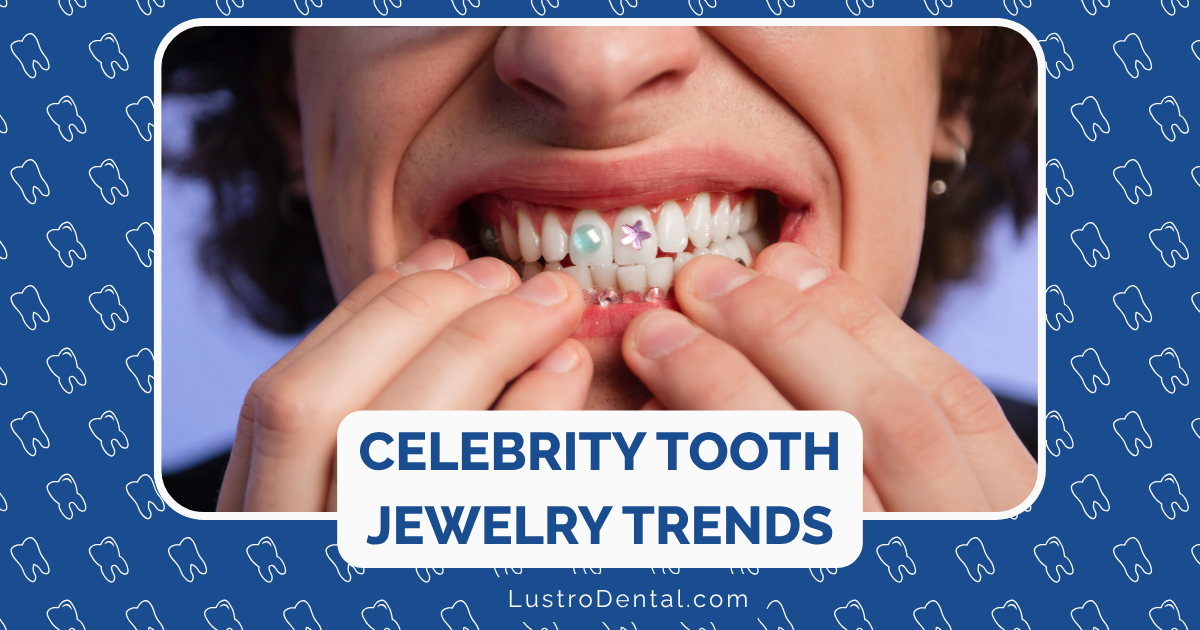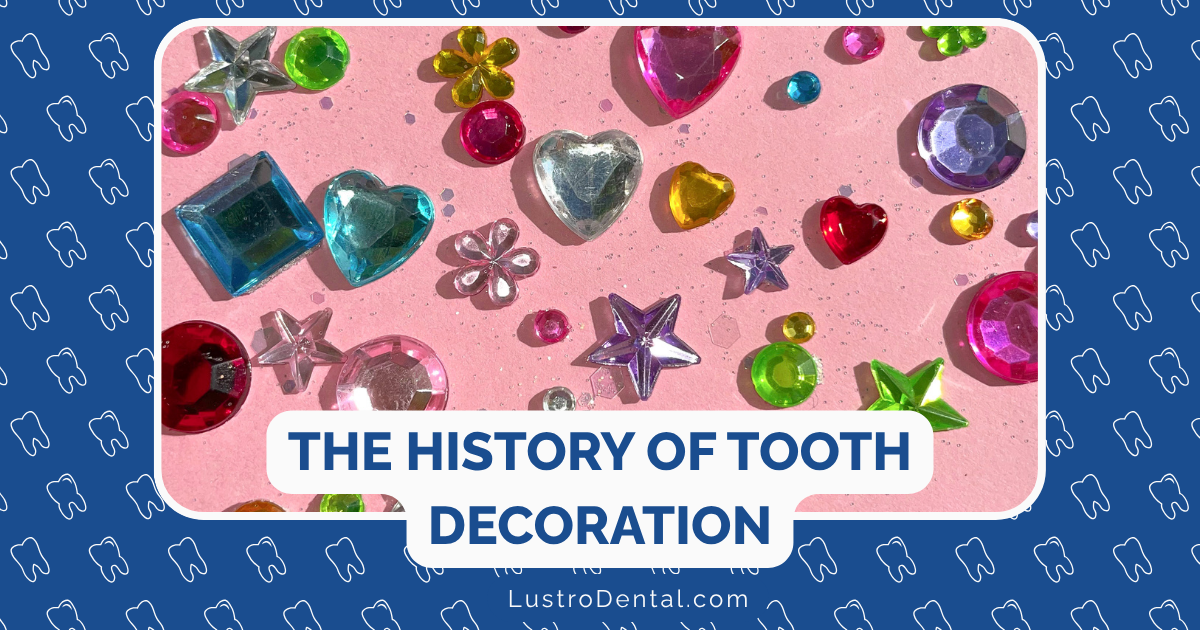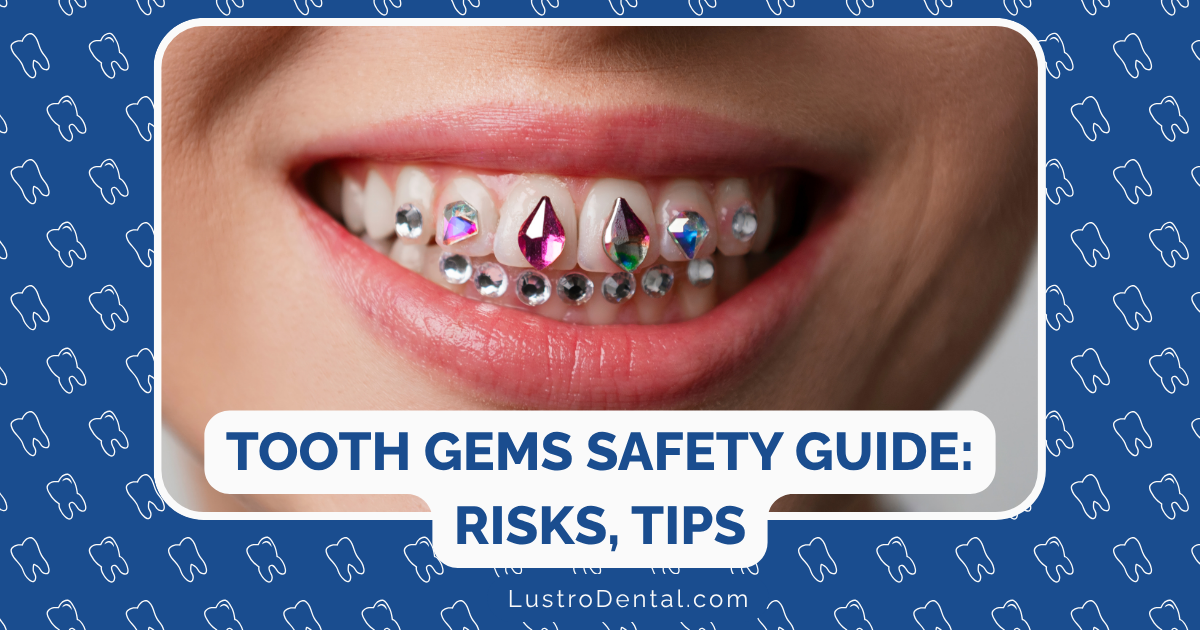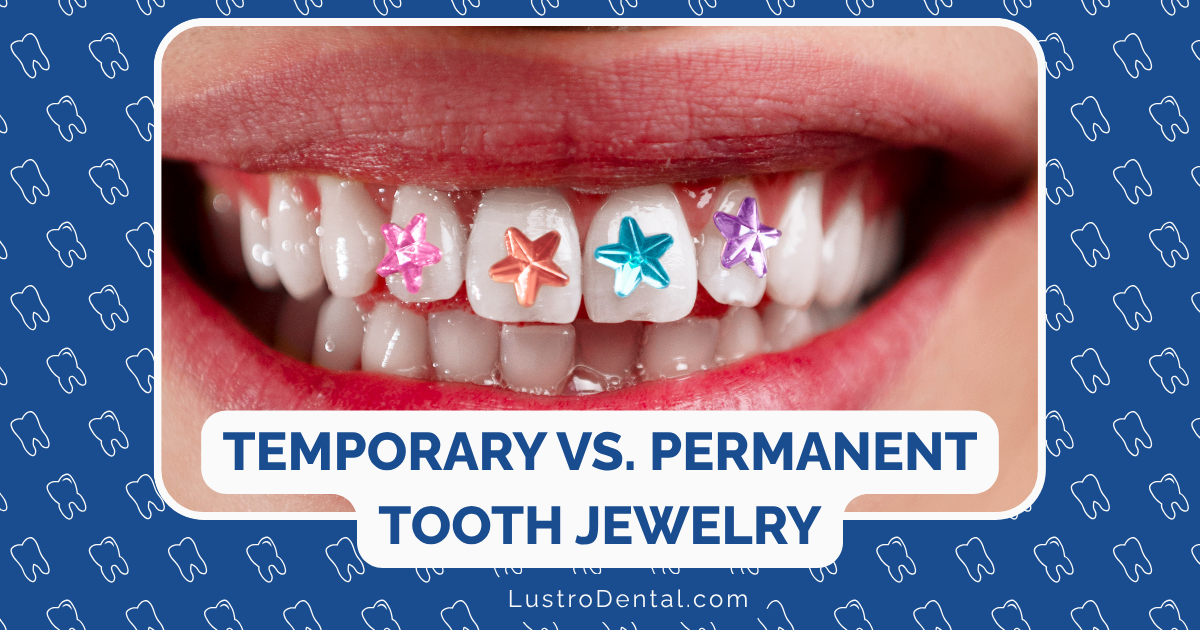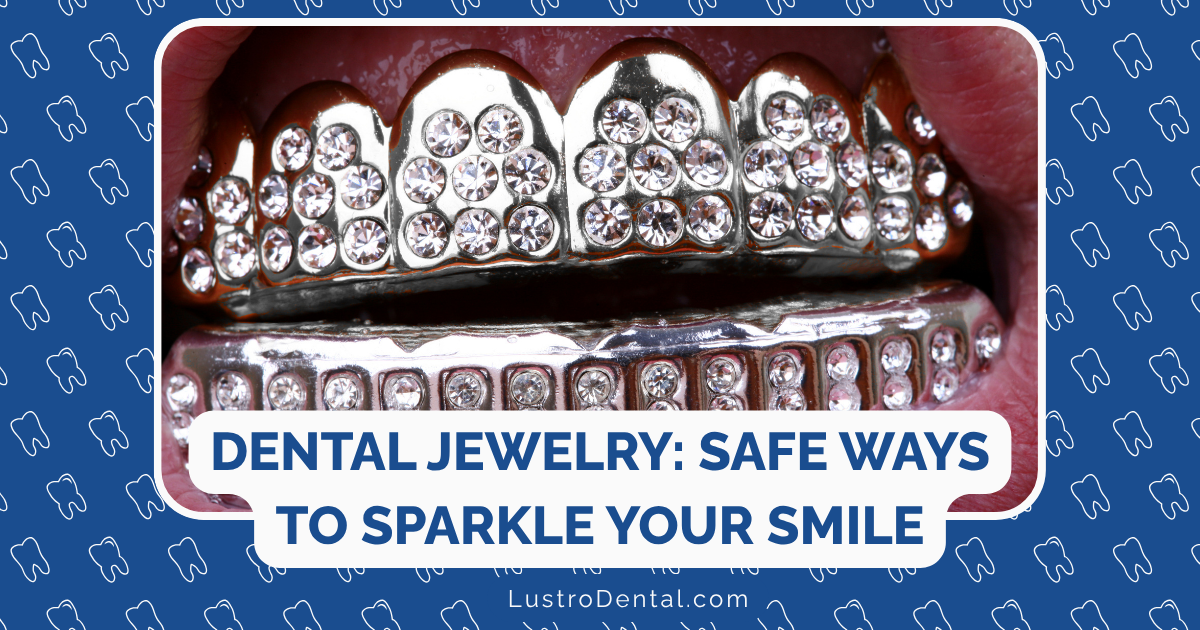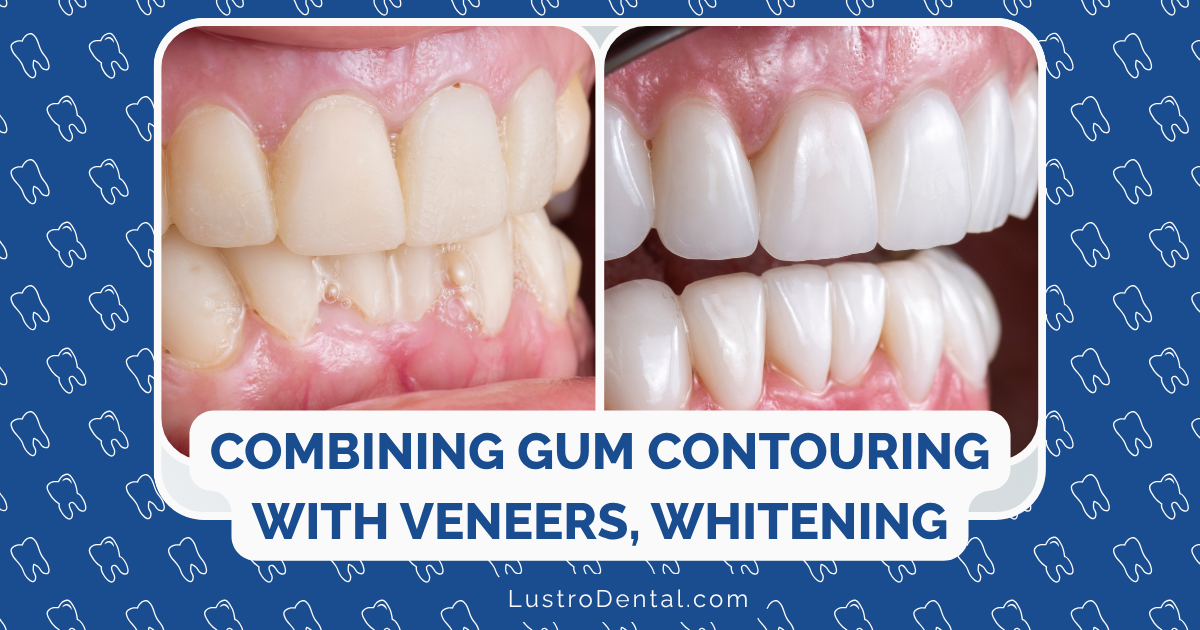Recovery After Gum Contouring: Timeline and Care Instructions
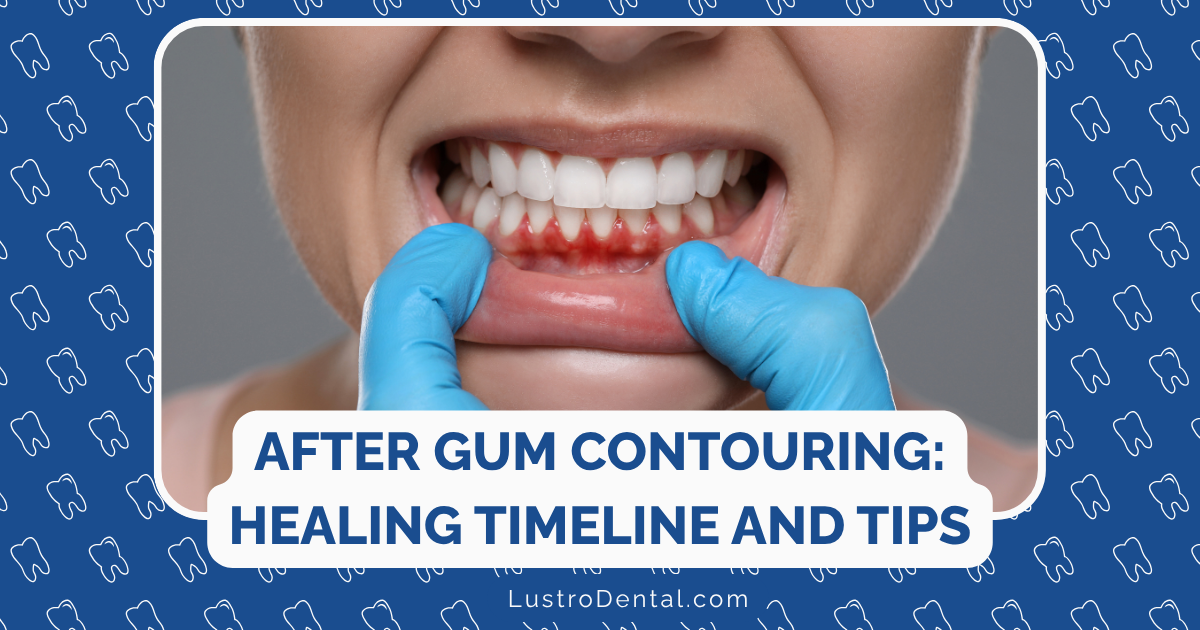
If you’re considering gum contouring to address a gummy smile or uneven gum line, understanding the recovery process is just as important as knowing about the procedure itself. As a dental health advocate, I’ve guided many patients through this journey, and I’ve found that proper aftercare not only speeds healing but significantly impacts the final aesthetic result.
Whether you’re undergoing traditional surgical contouring or the increasingly popular laser technique, this comprehensive guide will walk you through what to expect during recovery and how to care for your newly contoured gums.
Understanding the Procedure: Traditional vs. Laser Contouring
Before diving into recovery specifics, it’s helpful to understand how the type of procedure affects your healing experience:
Traditional Gum Contouring uses surgical instruments to remove and reshape excess gum tissue. This approach typically involves:
- Local anesthesia
- Cutting and suturing the gum tissue
- More bleeding during the procedure
- Longer recovery time
Laser Gum Contouring uses a dental laser to precisely remove and reshape gum tissue. This method offers:
- Minimal bleeding due to the laser’s cauterizing effect
- No sutures required in most cases
- Less post-operative discomfort
- Faster healing time
According to the American Academy of Periodontology, laser techniques have revolutionized gum procedures, significantly improving patient comfort during recovery. However, both approaches are effective when performed by a skilled dental professional.
Recovery Timeline: What to Expect
Immediate Post-Procedure (Day 1)
The first 24 hours after gum contouring are crucial for establishing proper healing. During this time:
- Anesthesia effects: Local anesthesia will wear off within 2-3 hours after the procedure.
- Bleeding: Minimal bleeding or oozing is normal, especially after traditional surgery. Laser procedures typically produce very little bleeding.
- Pain level: Discomfort ranges from mild to moderate as the anesthesia wears off.
- Swelling: Some swelling around the treated area is expected and may increase over the next day.
What you should do:
- Take prescribed or recommended pain medication before the anesthesia wears off completely
- Apply ice packs to your face for 15-20 minutes at a time to minimize swelling
- Rest and avoid strenuous activities
- Stick to cool liquids and very soft foods
- Avoid brushing the treated area for the first 24 hours
Early Recovery (Days 2-3)
During the next few days:
- Pain level: Discomfort typically peaks and then begins to subside.
- Swelling: Swelling may peak during this period before gradually decreasing.
- Appearance: The gum tissue may appear red or slightly discolored.
- Sensitivity: Teeth may feel sensitive, especially to temperature.
What you should do:
- Continue taking pain medication as needed
- Begin gentle brushing of other areas, avoiding the surgical site
- Use a prescribed or recommended antimicrobial mouth rinse
- Continue with soft foods and avoid anything spicy, acidic, or with small seeds
- Rinse with warm salt water (1/2 teaspoon salt in 8 oz warm water) 2-3 times daily
One Week Post-Procedure
By the end of the first week:
- Pain level: Discomfort should be minimal for most patients.
- Swelling: Swelling should be significantly reduced or gone.
- Appearance: Gums will still appear slightly different than their final result but should be less red.
- Function: Most patients can return to normal oral hygiene routines with caution around the treated area.
What you should do:
- Resume gentle brushing of the treated area using a soft-bristled toothbrush
- Continue salt water rinses
- Gradually reintroduce normal foods as comfort allows
- Attend any scheduled follow-up appointments
Two Weeks Post-Procedure
For most patients, the two-week mark represents significant progress:
- Pain level: Pain should be completely resolved.
- Swelling: All swelling should be gone.
- Appearance: Gums should appear much closer to their final result, though some minor changes may continue.
- Function: Normal oral function should be restored.
What you should do:
- Resume normal oral hygiene practices, including gentle flossing
- Return to your regular diet
- Continue monitoring for any unusual symptoms
Complete Recovery (4-6 Weeks)
Full healing of the gum tissue can take up to six weeks, though this varies by individual and procedure type:
- Appearance: The final aesthetic result should be visible.
- Tissue firmness: Gum tissue should feel firm and healthy.
- Sensitivity: Any tooth sensitivity should be resolved or significantly improved.
Detailed Aftercare Instructions
Pain Management
Most patients find that over-the-counter pain medications are sufficient for managing discomfort after gum contouring:
- Recommended medications: Ibuprofen (Advil, Motrin) or acetaminophen (Tylenol) as directed
- Timing: Take the first dose before the anesthesia wears off completely
- Duration: Most patients need pain relief for only 2-3 days
If you had traditional surgical contouring, your dentist might prescribe stronger pain medication for the first day or two.
Diet Recommendations
What you eat plays a significant role in your comfort and healing:
Foods to enjoy during recovery:
- Yogurt, pudding, and ice cream (the cold can help reduce swelling)
- Mashed potatoes and other soft vegetables
- Smoothies and protein shakes (avoid using straws)
- Scrambled eggs
- Pasta and soft bread
- Applesauce and other fruit purees
Foods to avoid for at least one week:
- Spicy foods that can irritate the gums
- Acidic foods and beverages (citrus, tomatoes, etc.)
- Crunchy or hard foods (chips, raw vegetables, etc.)
- Foods with small seeds or particles (berries, poppy seeds, etc.)
- Very hot foods and beverages that could disrupt healing
Oral Hygiene
Maintaining cleanliness without disturbing the healing tissue is essential:
- First 24 hours: Avoid brushing the surgical area completely
- Days 2-7: Brush other areas normally, but be very gentle around the treated gums
- After day 7: Resume normal brushing with a soft-bristled toothbrush
- Rinsing: Use prescribed antimicrobial rinse or warm salt water 2-3 times daily
- Flossing: Resume gentle flossing after one week, being careful around the treated area
Activity Restrictions
To promote optimal healing:
- First 48 hours: Rest and avoid strenuous activities
- First 5 days: Avoid exercise, heavy lifting, or activities that increase blood pressure
- First week: Limit physical exertion to prevent bleeding and increased swelling
- Sleep position: Try to sleep with your head elevated for the first few nights to reduce swelling
Smoking and Alcohol
Both smoking and alcohol can significantly impair healing:
- Smoking: Avoid completely for at least 72 hours; longer is better as smoking restricts blood flow and oxygen to healing tissues
- Alcohol: Avoid for at least 48 hours as it can increase bleeding and swelling
Potential Complications and When to Call Your Dentist
While most gum contouring recoveries are uneventful, be aware of these warning signs:
- Excessive bleeding that doesn’t stop with gentle pressure
- Severe pain not managed by prescribed or recommended pain medication
- Increasing swelling after the third day
- Signs of infection including fever, pus, or unusual discharge
- Sutures coming loose (if applicable) before your follow-up appointment
Contact your dental provider immediately if you experience any of these symptoms.
The Difference in Laser Recovery
If you’ve had laser gum contouring, you can expect some notable differences in your recovery experience:
- Less pain and swelling overall
- Minimal to no bleeding after the procedure
- No sutures to care for or have removed
- Faster healing time, often by several days
- Lower risk of infection due to the laser’s sterilizing effect
According to a study published in the Journal of Periodontology, patients who underwent laser gum procedures reported significantly less post-operative discomfort compared to traditional surgical methods.
Long-Term Care
After you’ve fully healed from gum contouring, maintaining your results requires:
- Excellent oral hygiene to prevent gum inflammation
- Regular dental check-ups to monitor gum health
- Prompt treatment of any developing gum issues
- Avoiding habits that can damage gums, such as aggressive brushing or tobacco use
Final Thoughts
Recovery from gum contouring is typically straightforward and relatively brief, especially with laser techniques. By following these care instructions and maintaining open communication with your dental provider, you can ensure the best possible outcome and enjoy your newly balanced smile for years to come.
Remember that everyone’s healing process is unique—some patients recover more quickly than others. Be patient with your body and give yourself permission to take it easy during the healing period. The investment in proper aftercare will pay dividends in both the aesthetic and functional results of your procedure.
Have you undergone gum contouring? Share your recovery experience or questions in the comments below.


